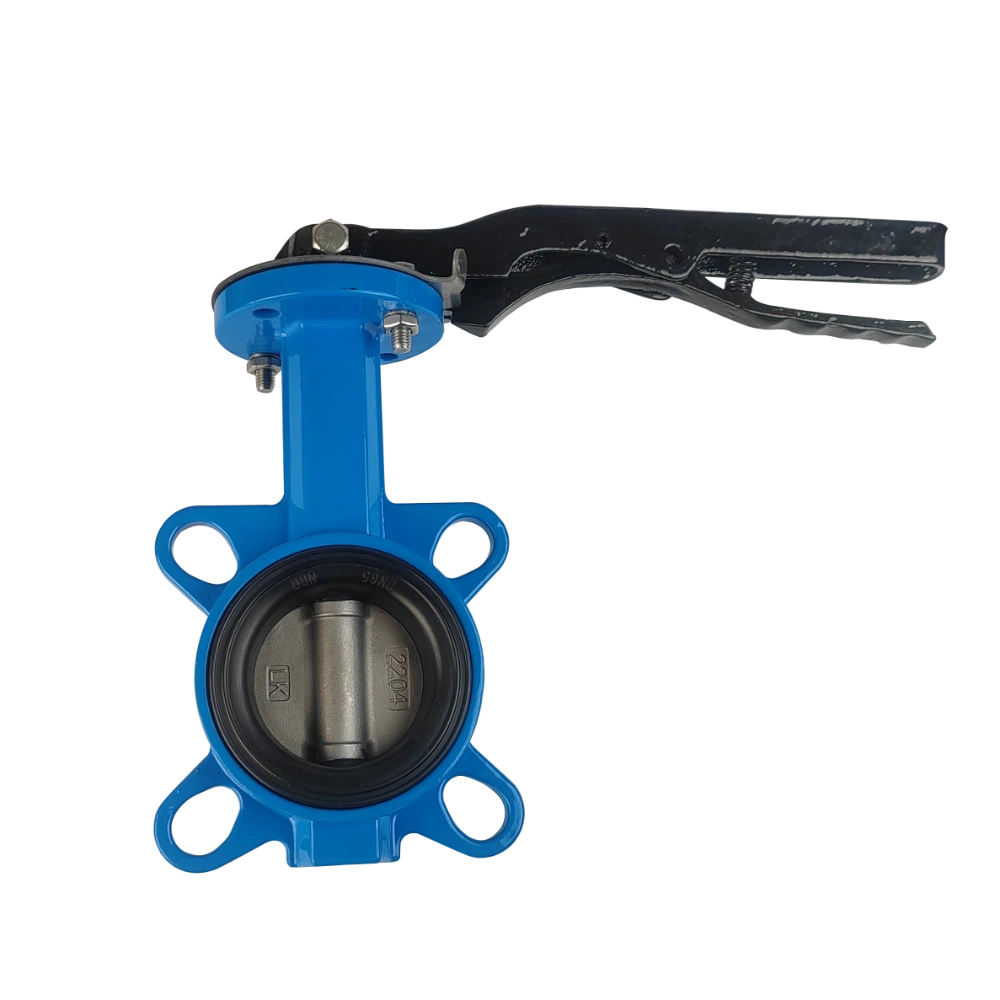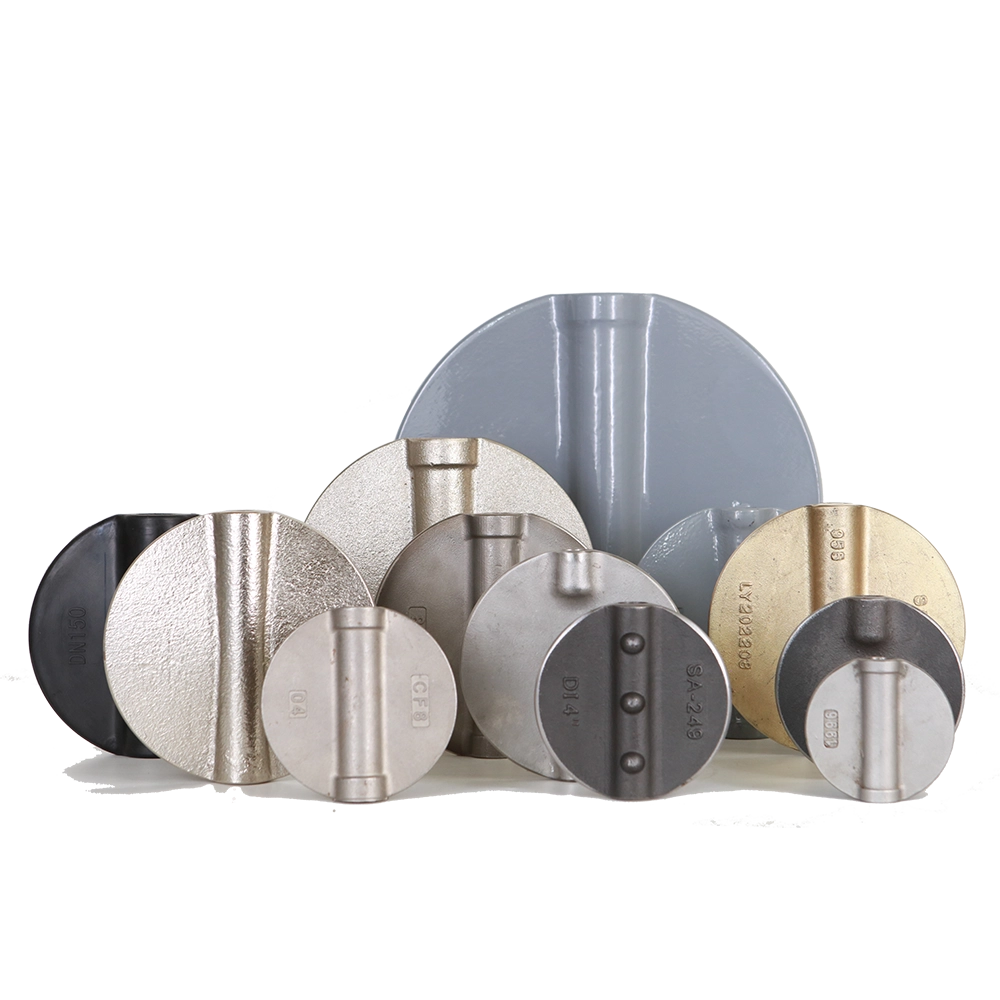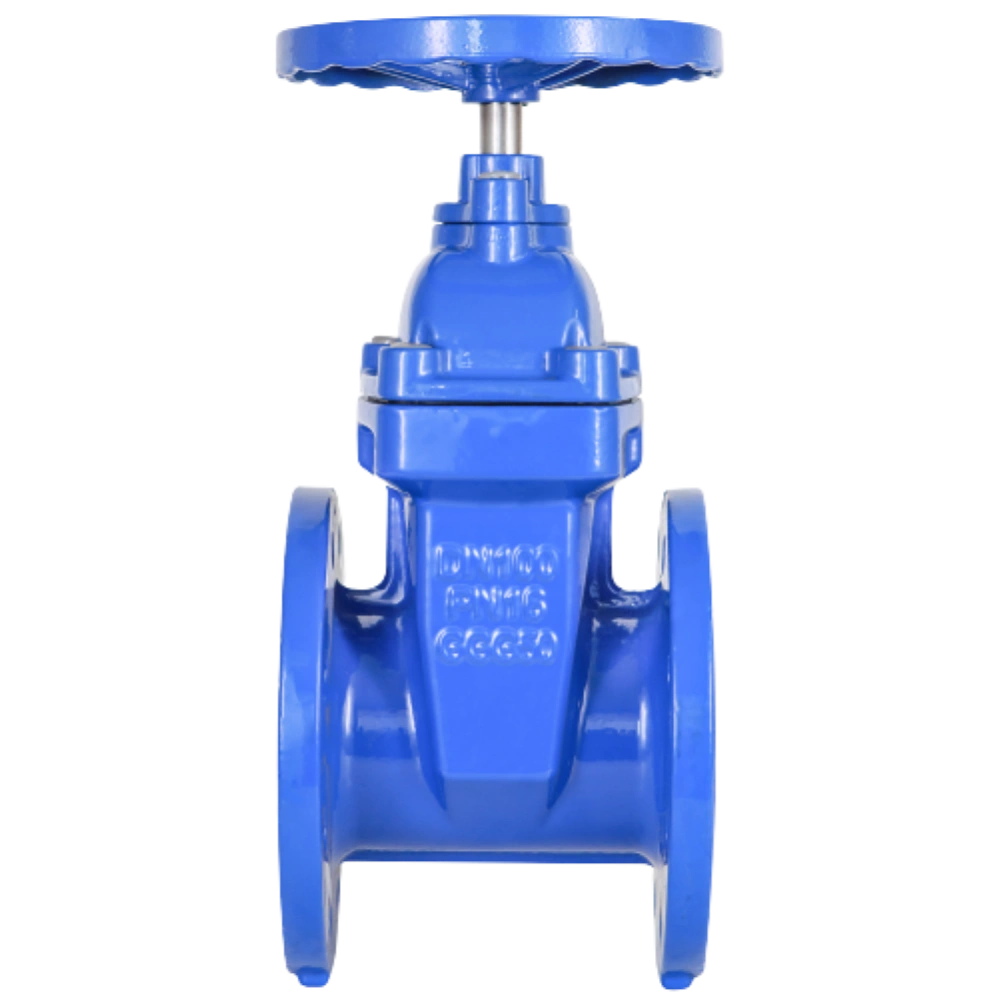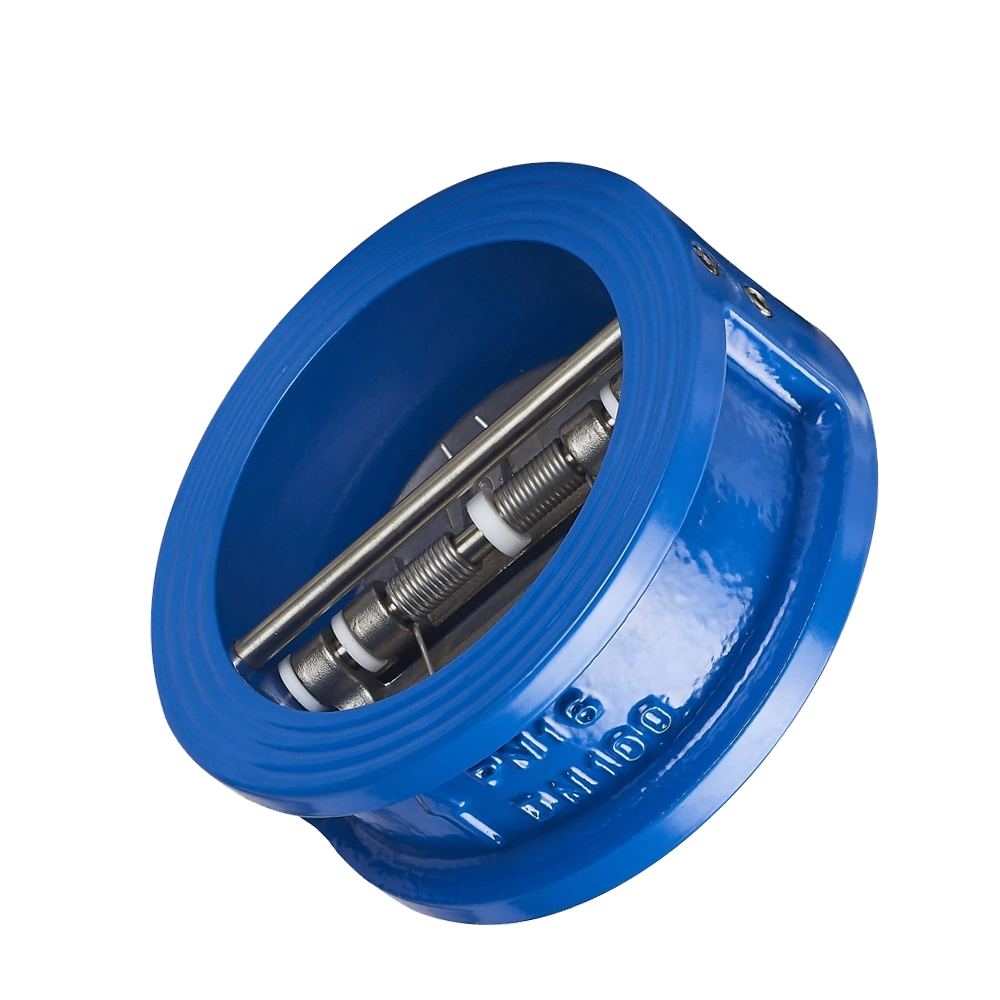Using the correct valve type in many industries equals smooth operations and protected equipment. The right valve is crucial in controlling the flow of liquids and gases in factories. As a result, many of these factories choose to use PTFE lined butterfly valves because they work so well in many different processes. They are incredibly versatile, allowing them to handle the flow of various industrial fluids and corrosive materials. Additionally, they are cost-effective, durable, and offer superior sealing abilities. These properties make PTFE lined butterfly valves stand out from other options. We will discuss each of these characteristics in a later section, but for now:
What is a PTFE Lined Butterfly Valve?
To understand the benefits, you must first know what these valves are and how they work—at least a general overview.
Like other valves, a PTFE-lined butterfly valve controls the flow of liquids and gases in pipes. It has two main parts: a body and a disc, which can be moved using a handle or lever.
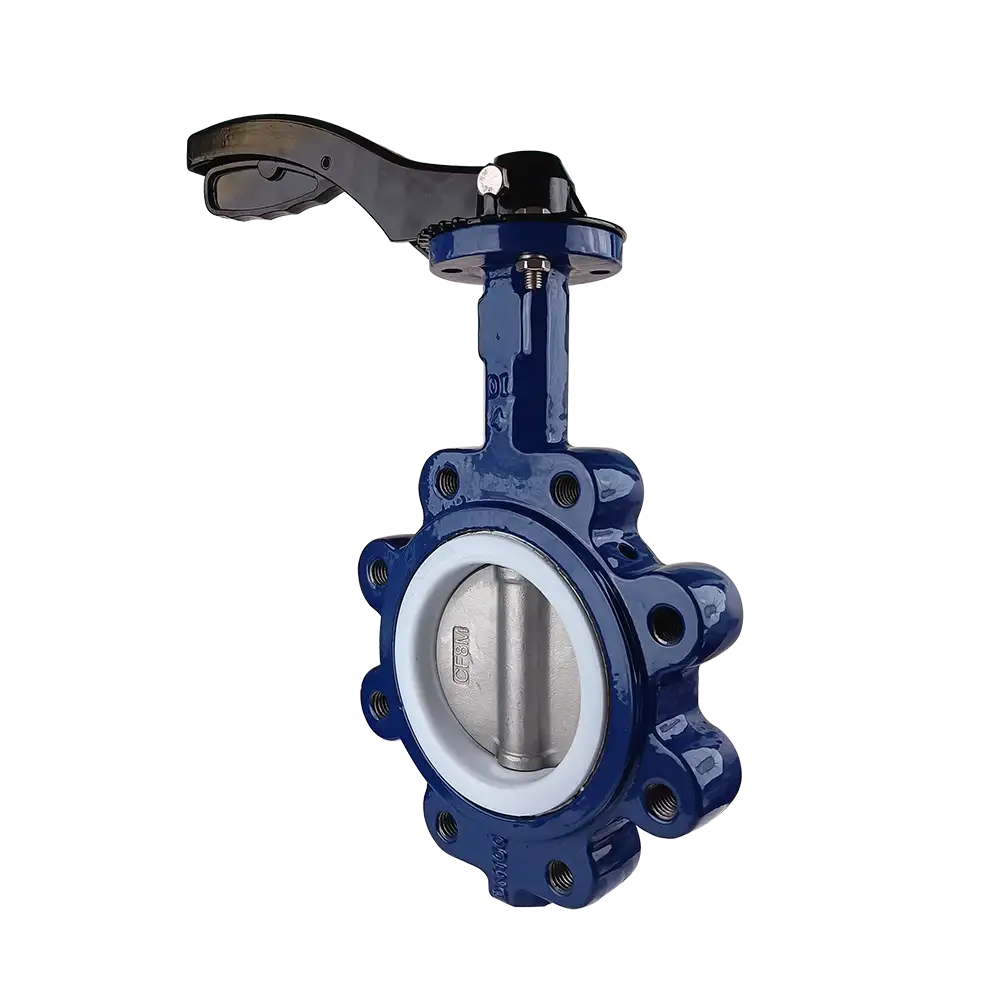
The body is typically made from strong materials like stainless or carbon steel. However, what makes it truly unique is the special PTFE (also known as Teflon) lining inside. This lining provides several key benefits in demanding systems. One benefit is that it creates a complete barrier between the process fluid and the valve’s metal parts. Another advantage lies in the thickness of the PTFE lining (usually 3 to 5 mm). This guarantees no weak points where chemicals could attack the valve body.
In addition, since the PTFE lining is so smooth, fluids flow through the valve easily. This helps to reduce wear and tear on the valve.
Advantages of PTFE Lined Butterfly Valves
1. Protection Against Harsh Conditions
One of their biggest advantages is their excellent resistance to harsh conditions. The PTFE lining creates a strong, smooth barrier between the metal parts and corrosive chemicals. This protection means the valves can handle aggressive substances that would otherwise damage regular valves. Furthermore, the smooth PTFE surface prevents materials from sticking to it. Its operation is cleaner and more efficient as a result.
2. Temperature Resistance
Thanks to their PTFE lining, these valves can handle extremely hot and cold temperatures without issue. They work well in temperatures from -50 °C to 200 °C (-58 °F to 392 °F) and remain stable even when the temperature fluctuates. This makes them suitable for cryogenic and high-temperature applications, where the lining protects the valve from cracking or deforming.
3. Protection against Chemicals and Rust
PTFE lined butterfly valves can handle the harshest chemicals without getting damaged. Their coating acts like a shield that keeps the metal parts of the valve safe from harmful substances. This characteristic allows them to handle strong acids, for instance, without degrading. Hence, they last longer and don’t need to be fixed or replaced as often as regular valves. Some industries that leverage this trait include;
- Chemical processing: chemical mixing and transfer and making of batch reactors
- Pharmaceutical manufacturing: API (Active Pharmaceutical Ingredient) production and clean-in-place (CIP) systems
- Semiconductor production: perfect for ultra-pure water and waste treatment systems
- Metal processing: suitable for electroplating, acid recovery systems, and surface treatment.
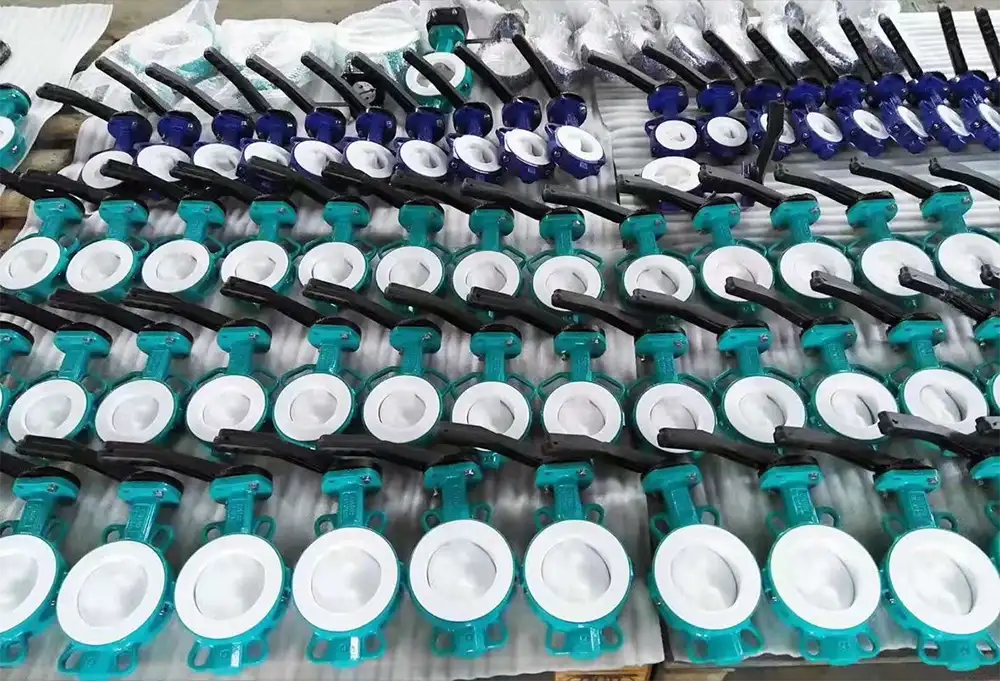
4. Little Maintenance and Cost-effectiveness
Even though PTFE lined butterfly valves are costly upfront, the passage of time reveals them to be cost-effective solutions. Here’s a breakdown of why they are a smart financial move:
Self Maintaining Design:
- The PTFE surface lubricates itself
- No need for regular oiling
- Cleaning is quick and simple
- The non-stick surface prevents buildup
- Less time spent on routine maintenance
Real Money Savings:
- Less frequent valve replacements
- Fewer emergency repairs
- Lower cleaning costs
- Reduced energy usage
- Better protection for your equipment
Outstanding Lifespan:
- They last 3–4 times longer than regular valves
- Fewer replacements needed
- Lower repair frequency
- Reduced maintenance costs
- Less downtime for facilities
Easy Inspection Process:
- You can inspect the valves while they’re working
- The PTFE lining shows clear signs of wear
- It’s easy to spot when the valve needs replacement
- No need to stop operations for basic checks
- Simple torque tests can predict maintenance needs
5. Safer to Use
These valves have exceptional sealing capabilities to prevent the escape of hazardous materials that could compromise workplace safety. Because nothing sticks to the PTFE coating, there will be zero accumulation and contamination of the materials. This is a plus for the industrial sector, where stringent safety and regulation requirements exist.
6. Easy to Install and Fit in Small Spaces
PTFE valves are practical solutions to real-world situations. They are versatile and don’t take up much space in piping systems. Also, being lighter than other valves simplifies mounting and installation. Moreover, since they can be installed in different positions, giving more flexibility when designing pipe systems.
7. Customization
Another good thing about PTFE valves is they can be customized for different uses. Manufacturers offer various sizes ranging from 2 to 24 inches. Each size suits different flow requirements and pie dimensions. Therefore, even when the market doesn’t have specific measurements, you only need to contact a manufacturer with your dimensions.
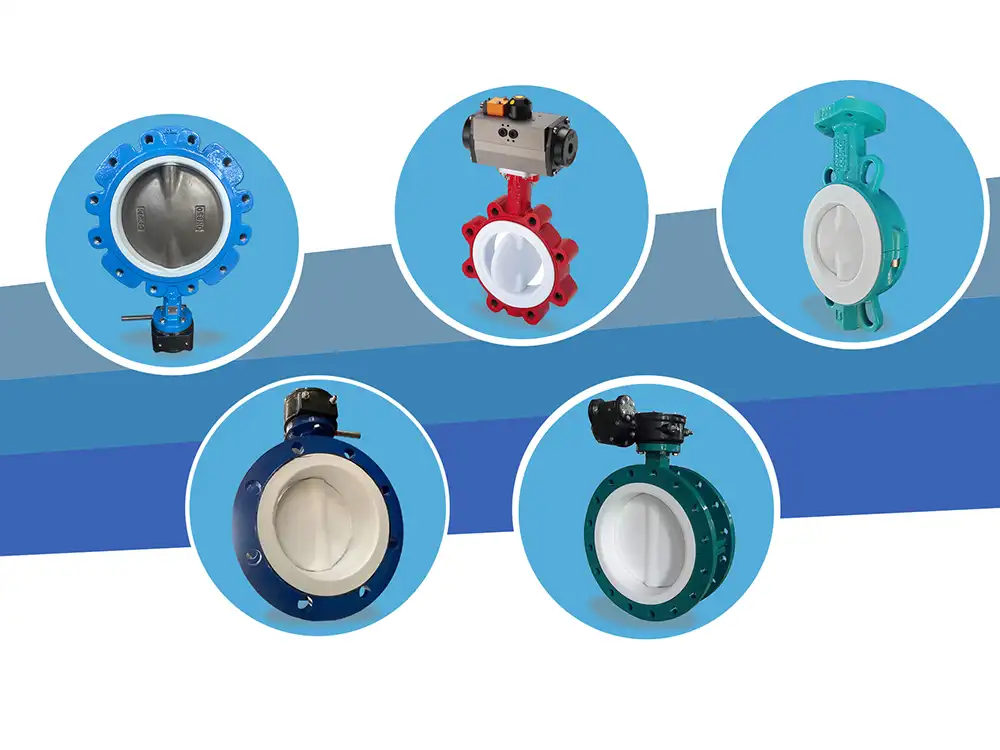
The valve body can be made from different materials. Carbon steel offers durability for standard applications. Stainless steel provides extra corrosion resistance. Cast iron serves well in less demanding environments. Disc designs can vary to match process needs. For example, a double-offset disc reduces wear while a triple-offset design provides bubble-tight shutoff.
Conclusion
PTFE lined butterfly valves are valuable tools in modern industrial settings. Their versatility and durability make them stand out. They handle temperature changes with ease. The PTFE lining is key to their success. Its smooth surface prevents wear and tear as it resists degradation from harsh chemicals.
Although the initial cost is higher than standard valves, the long-term benefits are significant. They last longer and require less maintenance, making them a smart investment. Safety is another crucial advantage. These valves prevent dangerous leaks and prevent harmful materials from building up, protecting both workers and equipment. Their practical design also offers multiple benefits. They work well in tight spaces and can be installed in various positions.
PTFE valves excel in demanding industries where their combination of safety, durability, and ease of use is unmatched. Many facilities choose PTFE-lined butterfly valves for their operations. This article clearly explains why. Overall, the benefits of PTFE valves justify the investment.

